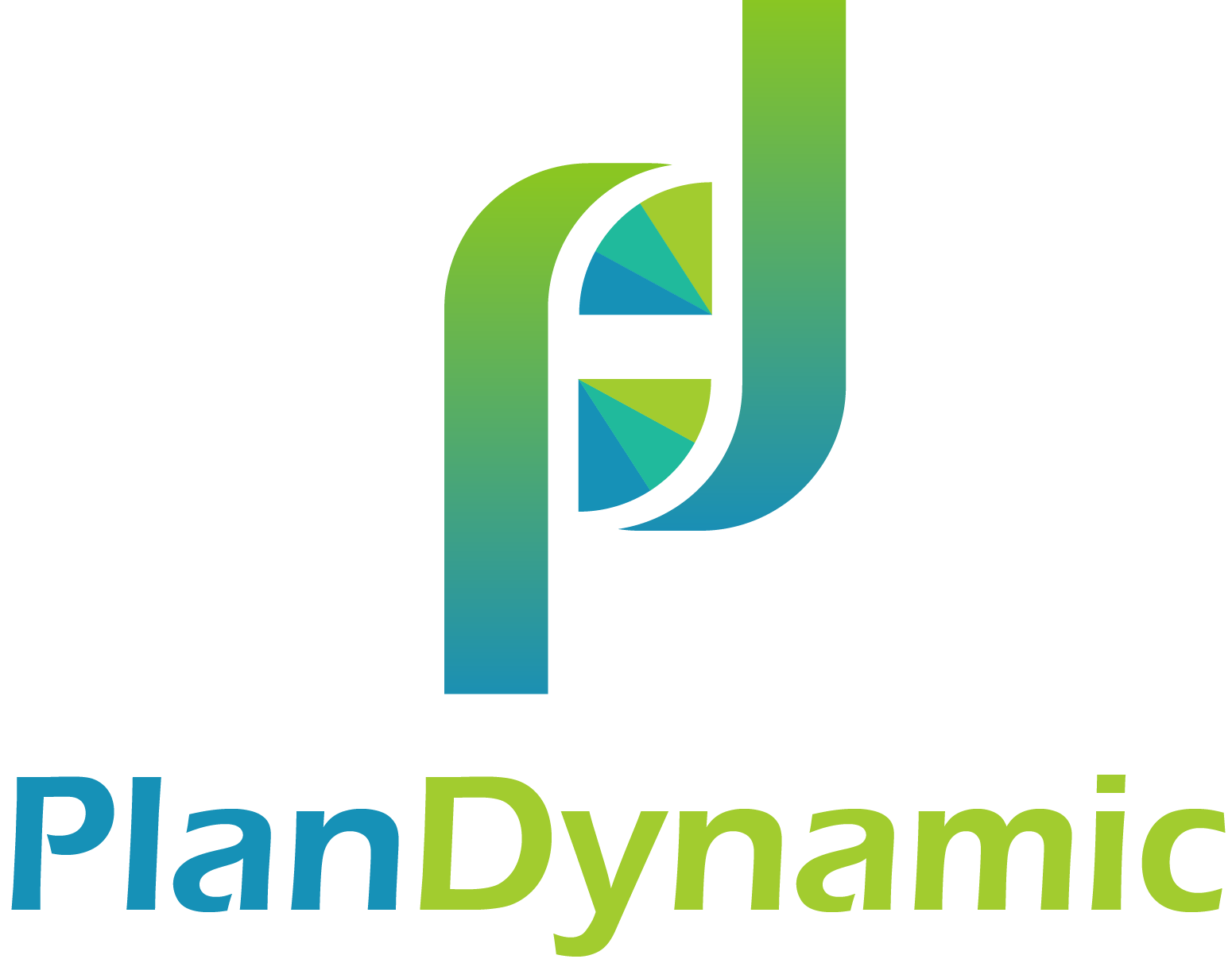Open Enrollment: Medical Plans & Health Savings Accounts (HSA)
Open enrollment is a pivotal time to reassess and select the benefits that best suit your needs.
Among the key benefits you’ll choose are insurances (i.e. medical, dental/vision, life, AD&D, disability), services (i.e. legal), tax benefit programs (i.e. dependent care, commuter) and retirement plan participation (i.e. 401k).
An area perplexing many is analyzing High Deductible Health Plans (HDHP) and their tax savings counterpart, Health Savings Accounts (HSAs). Understanding these options can help you make informed decisions.
Choosing the right medical plan.
When it comes to selecting a medical plan, a few ground rules take precedence.
First, a medical plan is a personal choice, and you need to be comfortable with the care received “in-network”. Second, need to understand of your historical annual medical bills and expect consistency moving forward.
Case for High Deductible Health Plans (HDHPs).
Cost Structure: HDHPs feature lower monthly premiums but higher deductibles. You pay all costs up to the deductible before your plan starts covering expenses.
Financial Management: While HDHPs can have higher out-of-pocket costs, the lower premiums and tax advantages of an HSA can offset these costs.
Health Savings Account (HSA) Eligibility: Selecting a HDHP is required to participate in a HSA.
HDHPs are often beneficial if you are healthy, don’t anticipate high medical expenses, and want to take advantage of the HSA’s tax benefits.
Health Savings Account (HSA).
Only during Open Enrollment or Life Event can you Opt-In to an HSA with a HDHP and $ amount to contribute. You can change the $ amount later, but not the ability to Opt-In.
Key HSA facts:
In 2025, an individual can contribute $4,300 and a family up to $8,550.
If over 55, contribute an additional $1,000.
All contributions are tax-free - federal, state, and FICA (Social Security and Medicare).
No federal taxes on HSA funds spent on qualified health care expenses.
Excess HSA funds can be invested for tax-free growth to compound for years.
Thus, unlike any other tax-advantaged savings plan, HSA can offer “triple tax benefits”: tax-free contributions, tax-free earnings, and tax-free distributions.
Free money.
Shockingly, over 50% of eligible Americans decline to participate in an HSA. Unbelievable considering most employers put $500-$2,000 each year into an HSA. In theory, $1 per pay period could return $500-$2,000 per year from your employer - take it!
Furthermore, “health rewards” programs can earn deposits into HSA by doing preventative care activities. Examples like $400 deposited when each spouse had an annual physical.
Get the tax savings.
Consider a family in 24% tax bracket averaging $4,000 in out-of-pocket medical expenses. HSA tax-free contributions would provide them tax savings of $1,466 ($960 federal 24% + $200 state MA 5% + $306 FICA 7.65%). A family in 32% bracket can max out 2025 contributions and gain tax savings of ~$3,817.
Leverage tax-free growth for retirement.
Gaining momentum is a financial planning strategy of avoiding withdrawals from HSAs and pay medical expenses from free cash flow. This allows for investment in funds/ETFs to grow tax-free for years before using in retirement for eligible expenses like Medicare premiums, vision, dental, hearing aids, nursing services, long-term care premiums, and medical expenses.
Retire Early crowd please note, while HSAs cannot be used to pay private health insurance premiums, they can pay for health care coverage purchased through an employer-sponsored plan under COBRA, which may be a desired option leaving a company and maintaining 18 months until reaching Medicare eligibility.
Learn more by connecting with your benefits coordinator or Certified Financial Planner.
The original article appeared in the October editions of Local Town Pages for Holliston, Natick, Ashland, Franklin, Hopedale, Medway/Mills, Bellingham, and Norfolk/Wrentham. Additionally in 1st weekly edition of Community Advocate for Shrewsbury, Westborough, Northborough, Southborough, Grafton, Marlborough, and Hudson.
Please call me at (508) 834-7733 or directly schedule a meeting to learn more about considerations for planning and investing so you can balance kids, aging parents and your financial independence.
PlanDynamic, LLC is a registered investment advisor. This article is intended to provide general information. It is not intended to offer or deliver investment advice in any way. Information regarding investment services are provided solely to gain a better understanding of the subject or the article. Different types of investments involve varying degrees of risk. Therefore, it should not be assumed that future performance of any specific investment or investment strategy will be profitable.
Market data and other cited or linked-to content in this article is based on generally-available information and is believed to be reliable. PlanDynamic, LLC does not guarantee the performance of any investment or the accuracy of the information contained in this article. PlanDynamic, LLC will provide all prospective clients with a copy of PlanDynamic, LLC’s Form ADV2A and applicable Form ADV 2Bs. You may obtain a copy of these disclosures on the SEC website at http://adviserinfo.sec.gov or you may Contact Us to request a free copy via .pdf or hardcopy.
